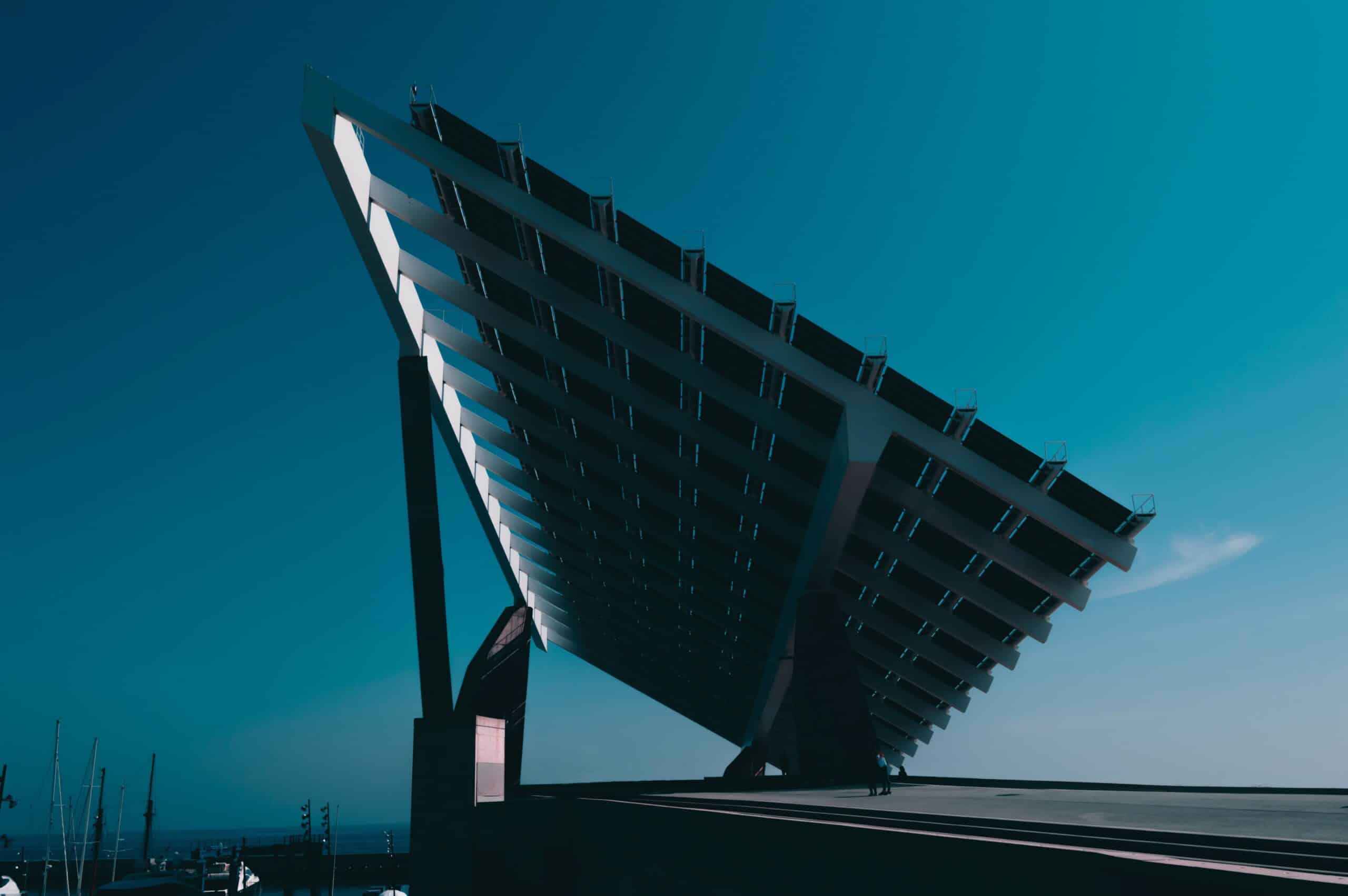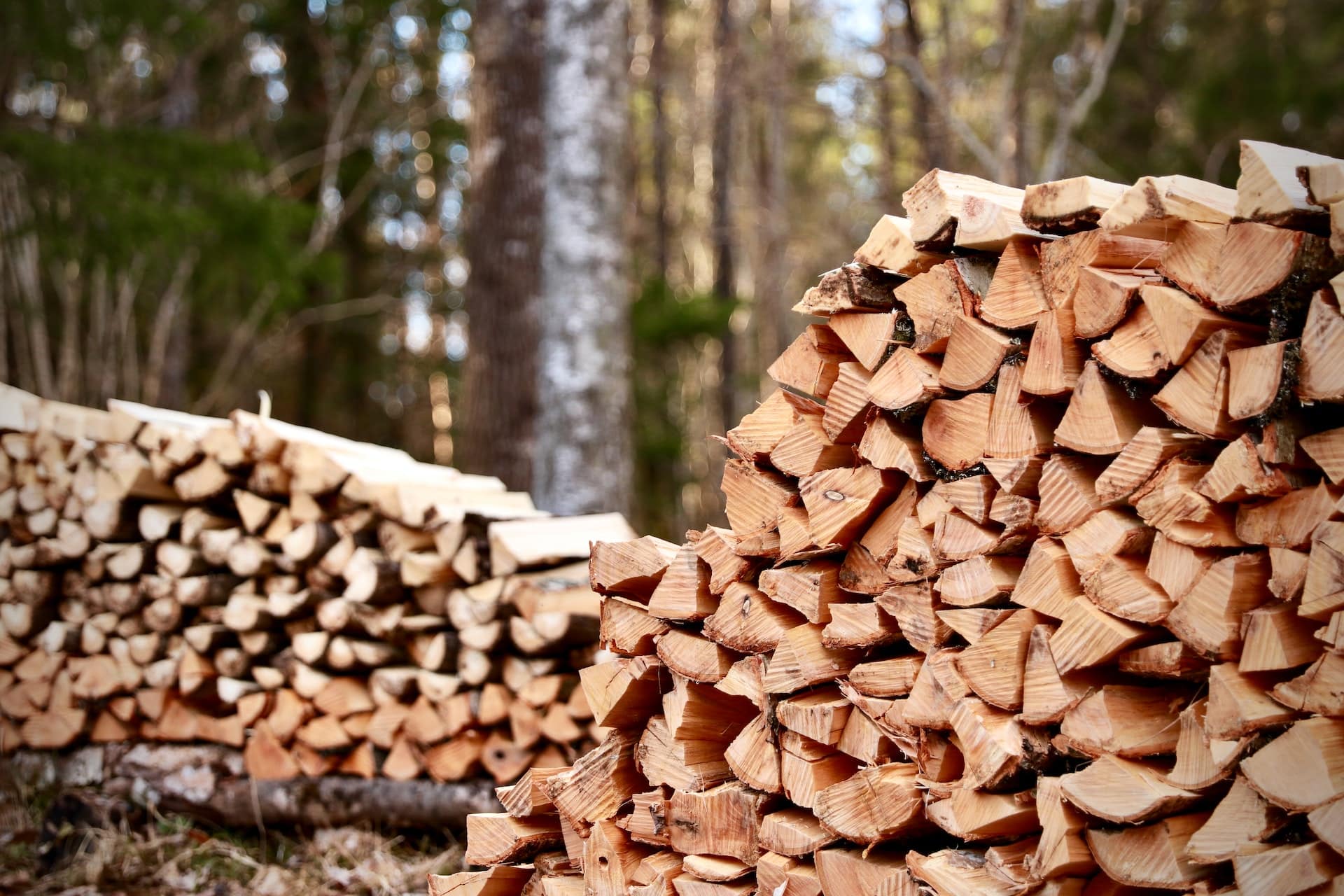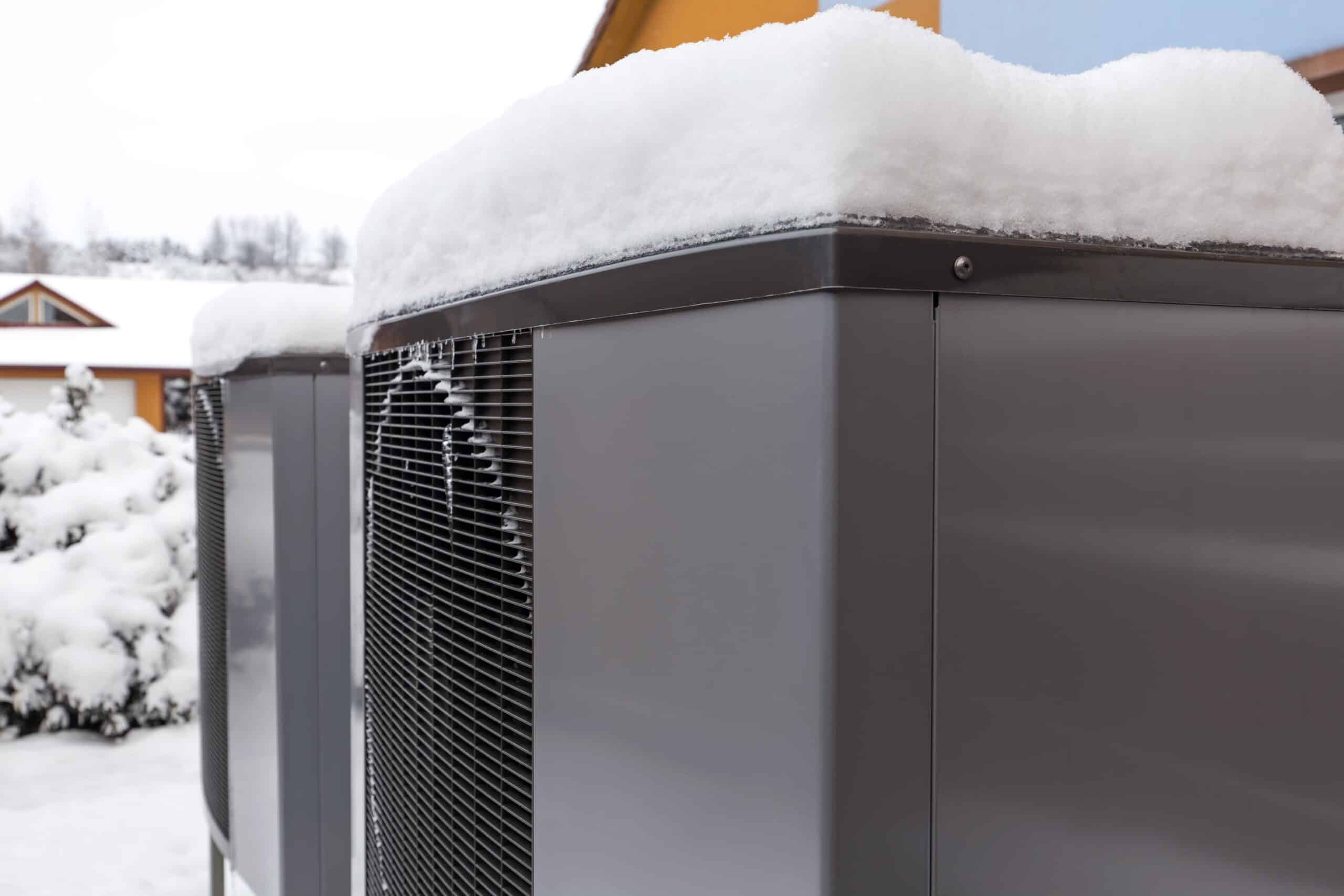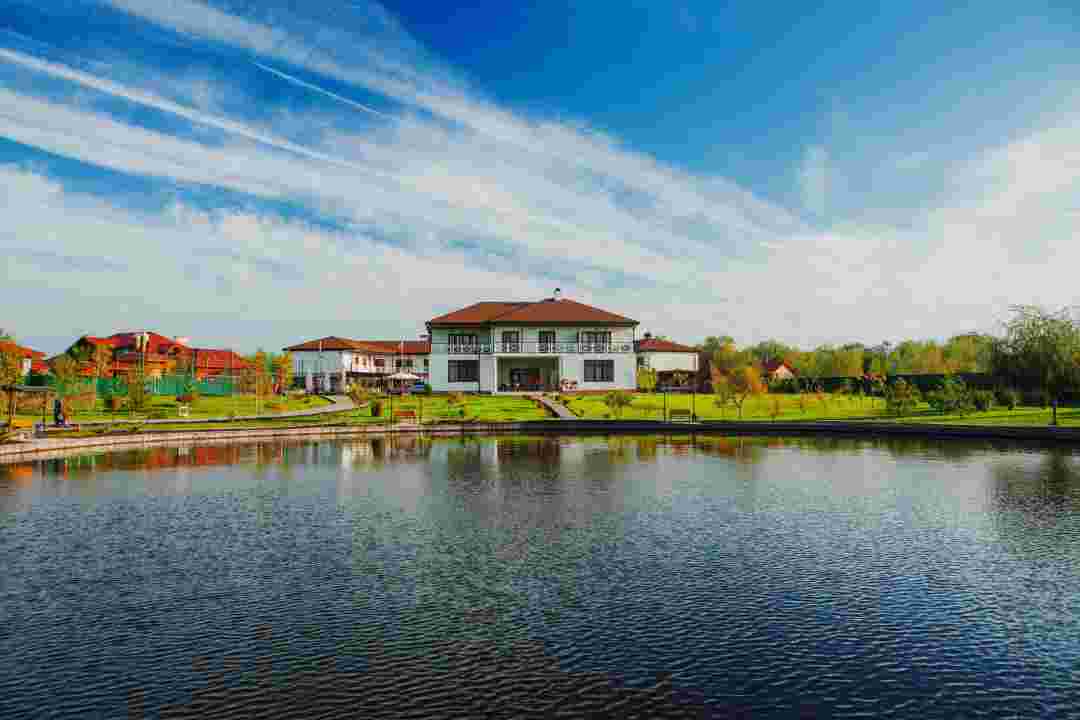Solar energy systems are steadily gaining popularity in today’s world, and rightfully so. With the amount of non-renewable energy being exhausted daily, it is essential for humanity to find new ways to create energy.
Therefore, solar thermal systems are emerging as one of the most promising sources of energy for future generations.
Today, more and more people are thinking about installing solar thermal panels into their homes to adopt an energy-efficient way to heat water.
However, before you begin sourcing the components of a solar panel, you need to know about all the solar panel parts and functions.
Hence, in this article, we have got you a brilliant solar panel components list to ensure a better understanding of the components of a solar panel.
Components Of A Solar Panel
Solar Thermal Panels / Solar Collector
The solar thermal panels are specially designed to capture solar energy and convert it into thermal energy for heating the water in a facility.
These solar collectors are found in different types but usually have one end goal. How it works is simple. A fluid that has the ability to capture heat is pumped through the solar thermal panel.
Once the fluid is heated, a pump in the control unit pumps this fluid out of the solar collector and into the storage tank.
Heat Exchanger
The heat exchanger is a coil or a tube, typically made of copper to ensure maximum heating efficiency.
Once the fluid in the collector is heated, the coil carries the heated fluid from the solar collector into the storage tank.
As the heated fluid flows through the heat exchanger, the heat in the fluid transfers from the copper coil into the water stored in the tank.
Control Unit
The control unit is responsible for transporting the heated fluid from the solar collector to the storage tank and then back again.
Once the fluid is hot enough, the hydraulic pumps in the control unit pump the fluid into the storage tank through the copper heat exchanger.
After the heat is transferred from the coil to the water, the fluid is pumped back into the solar collector for another round of heat transfer.
Storage Tank
The storage tank is probably one of the most important components of a solar panel. It is what stores the heated water for consumption and where all the magic happens.
The tank usually consists of an inlet and an outlet for cold and hot water, respectively. Once the cold water is let inside the tank, it comes in contact with the heat exchanger and travels to the outlet, ready for consumption.
The inside of the tank is made of non-corrosive material to avoid the rusting effect of the hot water. Whereas the external part of the tank is made up of an insulating material that traps the heat inside and helps avoid heat loss.
Choose JL Philips for the Best Solar Thermal Panels
Now that you know all about the functions and the major components of a solar panel, you can have one installed at your property.
With the advancement in technology, we now have some very energy-efficient ways to provide heating for your home. Therefore, we offer you our high quality, energy-efficient solar thermal panels.
However, before you take such a crucial decision, it is imperative that you take an expert’s advice and choose the best quality product available.
At JL Philips, we have years of experience providing installation and maintenance services for residential and commercial solar thermal panels.
Our experience in renewable energy will truly help you create an energy-efficient environment with the most cost-effective solutions.
You would be glad to know that we provide several other environment-friendly solutions like heat pumps and Biomass Boilers.
To learn more about our incredible services, get in touch with us today!




